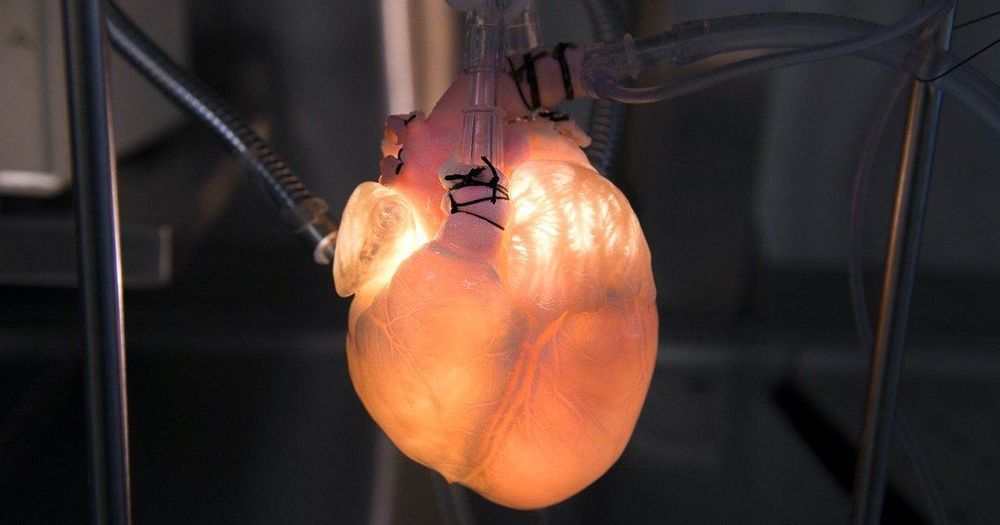Click on photo to start video.
In 1919, a total solar eclipse helped redefine gravity.


Click on photo to start video.
In its 10 years observing the Sun, our Solar Dynamics Observatory satellite has gathered over 425 million high-resolution images of our star.
This 10-year time lapse showcases photos taken at a wavelength of 17.1 nanometers, which is an extreme ultraviolet wavelength that shows the Sun’s outermost atmospheric layer — the corona. Compiling one photo every hour, the movie condenses a decade of the Sun into 61 minutes. The video shows the rise and fall in activity that occurs as part of the Sun’s 11-year solar cycle and notable events, like transiting planets and eruptions. The custom music, titled “Solar Observer,” was composed by musician Lars Leonhard.
Is the Sun an Oddball Star? A fascinating conversation with Kepler and TESS astronomer Travis Metcalfe, of the Space Science Institute in Boulder, Colo., about how our Sun stacks up against other sunlike stars in the galaxy. We cover the history of our solar system, where the Sun might have been born, and why the only intelligent life we know is around this lonely G-Dwarf star.
Sachika Bhatia (Space Renaissance India) interviews.
Adriano V. Autino, President of Space Renaissance International.
Questioned about space privatization, Autino discusses “Space Exploration vs. Space Settlement”
During a webinar on Space Awareness organized by Space Renaissance India.
Sunday June 21st 2020

Dean Kamen, the inventor of the Segway, is currently spearheading a project to convert part of the old New Hampshire textile plant into a factory for lab-grown lungs, livers, and other organs for transplantation — and he doesn’t think it’ll take long to do it.
The nonprofit is like a club for tissue engineering and regenerative medicine researchers. Groups must have something to offer in order to join (money, equipment, experience), but once a part of ARMI, they gain access to the other members’ research and resources.


Observers said that the fully fledged system could put China in a competitive position against the world’s three other satellite navigation networks – the US-owned Global Positioning System (GPS), the European Union’s Galileo and Russia’s Glonass. It could also expand China’s international engagement and offer an alternative to other countries that had been reliant on US technology, they said.
Final satellite in the navigation network – China’s answer to the US-owned GPS – is sent into orbit on Tuesday after technical problems delayed it by a week.

Scientists identify an important protein that increases “bacterial virulence,” when mutated, changing harmless bacteria to harmful ones.
As far as humans are concerned, bacteria can be classified as either harmful, pathogenic bacteria and harmless or beneficial non-pathogenic bacteria. To develop better treatments for diseases caused by pathogenic bacteria, we need to have a good grasp on the mechanisms that cause some bacteria to be virulent. Scientists have identified genes that cause virulence, or capability to cause disease, but they do not fully know how bacteria evolve to become pathogenic.
To find out, Professor Chikara Kaito and his team of scientists from Okayama University, Japan, used a process called experimental evolution to identify molecular mechanisms that cells develop to gain useful traits, and published their findings in PLoS Pathogens. “We’re excited by this research because no one has ever looked at virulence evolution of bacteria in an animal; studies before us looked at the evolution in cells,” said Prof Kaito.

